Ludwigia, a diverse genus of aquatic plants, boasts an array of species each with unique characteristics and aesthetic appeal. From stunning red hues to lush green tones, these plants can dramatically enhance the vibrancy of any aquarium.
Ludwigia species vary in their care requirements, with some being ideal for beginners while others offering a delightful challenge to more experienced aquarists. Regardless of the species you choose, Ludwigia plants will undeniably add life and color to your underwater world.
Table of Contents
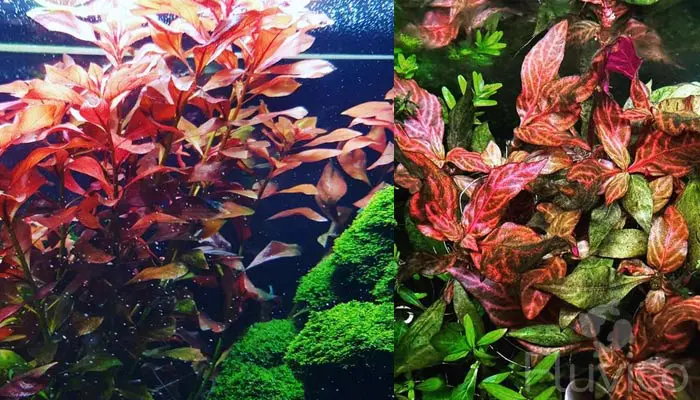
Ludwigia Repens
A treasured gem in the aquatic world, Ludwigia Repens boasts fast growth and radiant red leaves that can transform any aquarium into a vibrant underwater landscape. It thrives best under moderate to high light and prefers a nutrient-rich substrate. Regular pruning enhances its health and prevents it from overshadowing other aquatic inhabitants. While CO2 is beneficial, it is not essential for this species.
- Light Level: Moderate to high
- Size: Typically grows up to 20 inches in height
- Growth Speed: Fast
- CO2 Requirement: Beneficial but not essential
- Colors: Leaves display a gorgeous spectrum from green to red under optimal conditions
Ludwigia Palustris
Commonly referred to as “Super Red,” delivers a dynamic aesthetic contrast in your aquarium. With ample light, this plant morphs into a deep red, offering a beautiful spectacle. Though it grows at a moderate to fast rate and can reach 6 to 8 inches in height, it flourishes best with CO2 supplementation.
- Light Level: High
- Size: Grows between 6 to 8 inches tall
- Growth Speed: Moderate to fast
- CO2 Requirement: Recommended for optimal health
- Colors: Transitions to a striking deep red color under adequate lighting
Ludwigia Glandulosa
Ludwigia Glandulosa demands a bit more attention but rewards the dedicated aquarist with its mesmerizing dark red leaves. It thrives in moderate to high light and grows slowly to a height of 19 inches. The addition of CO2 and a nutrient-rich substrate is recommended to support its growth and maintain its unique color.
- Light Level: Moderate to high
- Size: Usually reaches a height of 19 inches
- Growth Speed: Slow to moderate
- CO2 Requirement: Necessary for optimal growth
- Colors: Features an enchanting dark red color
Ludwigia Arcuata
With its narrow leaves that radiate a vibrant red-orange under the right conditions, Needle Leaf Ludwigia is a sight to behold. It flourishes under moderate to high light and grows at a steady pace. This species appreciates CO2 and nutrient supplementation, promoting its growth up to 19 inches and enhancing its fiery coloration.
- Light Level: Moderate to high
- Size: Typically reaches up to 19 inches
- Growth Speed: Moderate to fast
- CO2 Requirement: Beneficial for optimal growth and coloration
- Colors: Leaves shift to a vibrant red-orange hue under proper lighting
Ludwigia Inclinata
Renowned for its dazzling color variety, Ludwigia Inclinata showcases a spectrum from green to red and even purple under high light conditions. This fast-growing plant can reach a height of 30 inches and necessitates regular fertilization and CO2 supplementation to support its vibrant hues and overall health.
- Light Level: High
- Size: Can grow up to 30 inches tall
- Growth Speed: Fast
- CO2 Requirement: Essential for survival and vibrancy
- Colors: Showcases a wide range of colors from green to red and purple under ideal conditions
Ludwigia Ovalis
Characterized by its distinct oval leaves, adds warmth to any aquarium with its potential to turn a captivating reddish shade. It grows up to 12 inches under moderate to high light conditions and enjoys the benefits of a rich substrate, though CO2 is not crucial for this species.
- Light Level: Moderate to high
- Size: Grows up to 12 inches in height
- Growth Speed: Moderate
- CO2 Requirement: Beneficial but not crucial
- Colors: Leaves can turn a charming reddish hue under optimal conditions
Ludwigia Brevipes
Ludwigia Brevipes is an excellent choice for novice aquarists with its lush green coloration and manageable care requirements. It grows comfortably under low to moderate light and reaches a height of 16 inches. CO2 can stimulate its growth but is not a strict necessity for this species.
- Light Level: Low to moderate
- Size: Typically reaches a height of 16 inches
- Growth Speed: Moderate
- CO2 Requirement: Not crucial but can stimulate growth
- Colors: Mainly lush green, providing a natural backdrop in the aquarium
Ludwigia Senegalensis
A more uncommon Ludwigia variant, calls for a higher level of care, yet its unique vibrancy makes the effort worthwhile. This slow-growing plant can reach up to 10 inches under high light conditions and requires CO2 injection for its survival and optimal growth.
- Light Level: High
- Size: Can reach up to 10 inches in height
- Growth Speed: Slow
- CO2 Requirement: Necessary for its survival and optimal growth
- Colors: Showcases a vibrant green hue, providing a refreshing look in the aquarium
Ludwigia Pantanal
Ludwigia Pantanal is undeniably one of the most striking Ludwigia species. It demands high light and CO2 supplementation but compensates for the high care level with its stunning color display, reaching a height of 6-8 inches and exhibiting colors from bright green to fiery red.
- Light Level: High
- Size: Typically reaches 6-8 inches tall
- Growth Speed: Moderate
- CO2 Requirement: Essential for its growth and survival
- Colors: Under optimal conditions, displays a range of colors from bright green to fiery red
Ludwigia Mini ‘Super Red’
This smaller variant of Ludwigia Palustris is an absolute delight. Growing typically to 6 inches, Ludwigia Mini ‘Super Red’ turns a brilliant red under high light conditions. Though fast-growing, the addition of CO2 can further enhance its color development and growth, adding a vivid splash of color to your aquarium.
- Light Level: High
- Size: Generally grows up to 6 inches tall
- Growth Speed: Fast
- CO2 Requirement: Beneficial for color development and growth
- Colors: Develops a radiant red color under ideal lighting conditions
Pros & Cons of Adding Ludwigia to Your Aquarium
Pros
- Vibrant Colors: Ludwigia plants come in a range of colors, from lush greens to vibrant reds, adding aesthetic appeal to your aquarium.
- Variety: With numerous species available, there’s a Ludwigia plant to suit every aquarist’s preference and aquarium conditions.
- Fast Growth: Many Ludwigia species are fast growers, quickly adding foliage and color to your tank.
- Oxygenation: Like all aquatic plants, Ludwigia helps oxygenate the water, which benefits the overall health of the aquatic environment.
- Shelter for Aquatic Life: Ludwigia provides shelter and hiding places for shy or small aquatic creatures, enhancing their sense of safety.
- Nutrient Absorption: These plants help absorb excess nutrients and can help reduce the likelihood of undesirable algae blooms.
Cons
- Light Requirement: Ludwigia generally requires moderate to high light to thrive and exhibit its best colors, which may require an upgrade of your aquarium lighting.
- CO2 Requirement: Some Ludwigia species grow better with CO2 supplementation, adding to the complexity and cost of maintaining your tank.
- Maintenance: Ludwigia plants can require regular pruning to manage their growth and prevent them from overshadowing other plants or taking over the tank.
- Variation in Care: Different Ludwigia species have varying care requirements, meaning that not all species may be suitable for all aquarists or aquarium conditions.
- Potential for Pest Transfer: Like any new addition to an aquarium, there’s a risk of introducing pests or disease with new Ludwigia plants if they’re not properly cleaned or quarantined before adding them to your tank.
Remember that the “best” Ludwigia for your aquarium will depend on your specific setup, including factors like lighting, substrate, temperature, and CO2 availability. Please also note that taxonomy and nomenclature can change over time, so some of these species names may have changed or been reclassified after my training data in 2021. Always verify from a reliable current source.
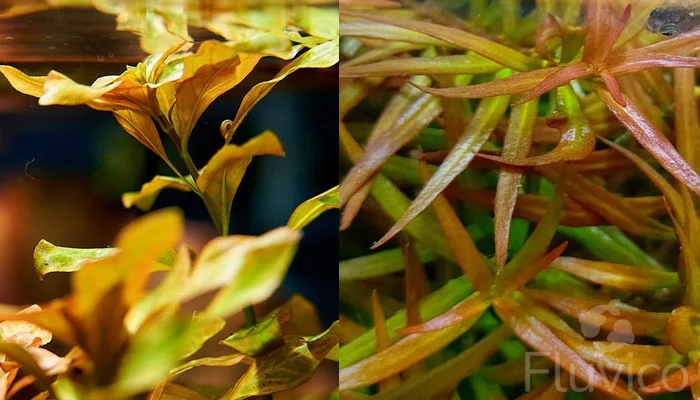
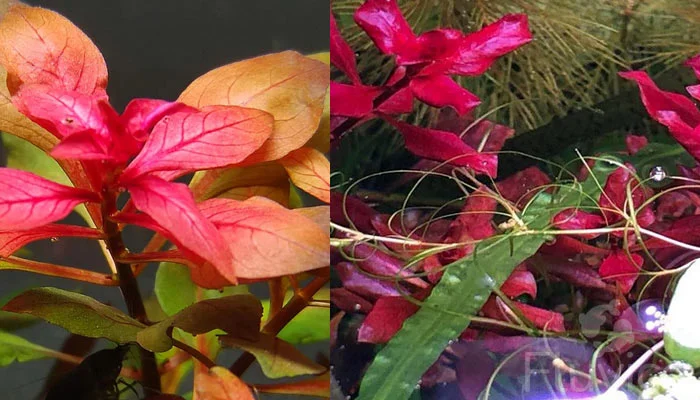
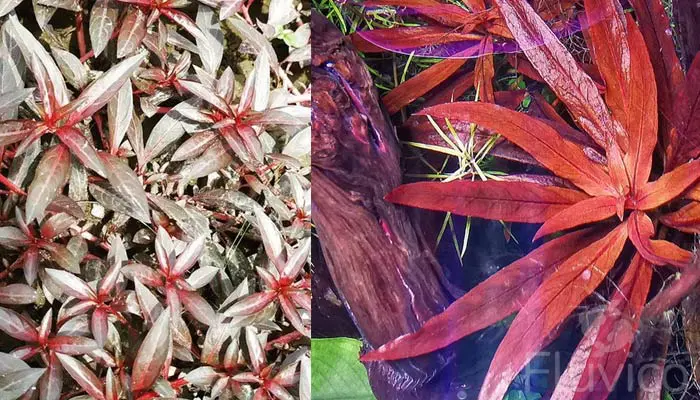
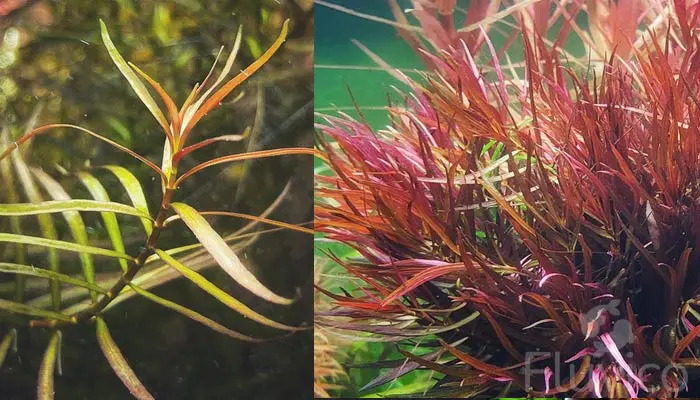
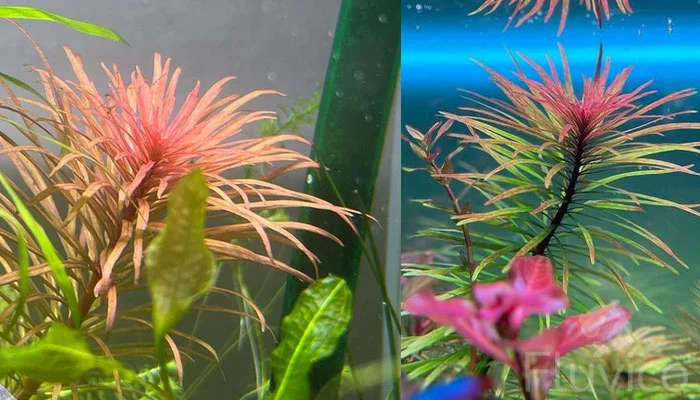
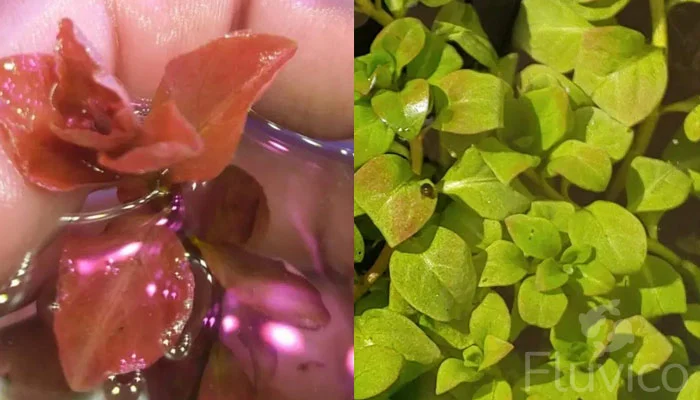
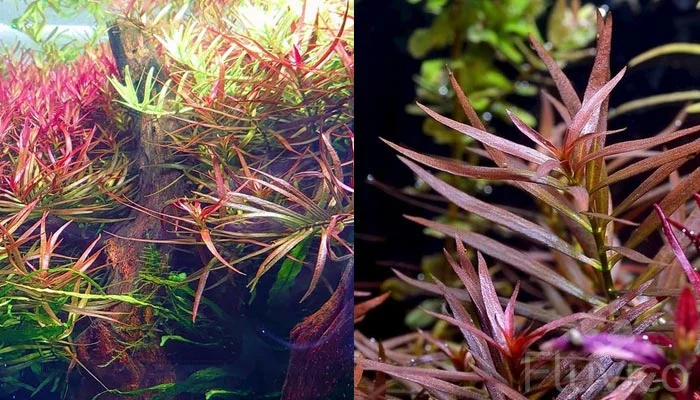
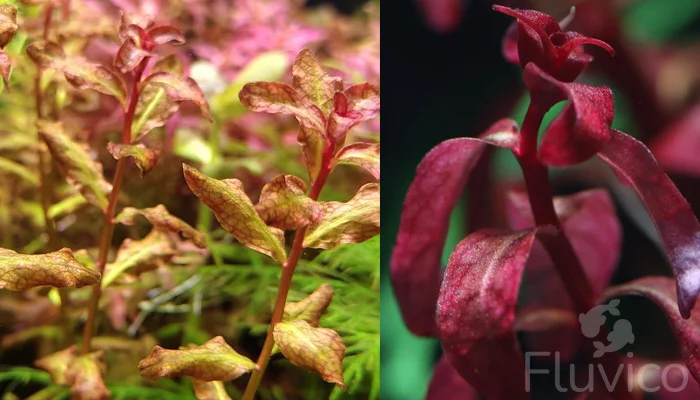
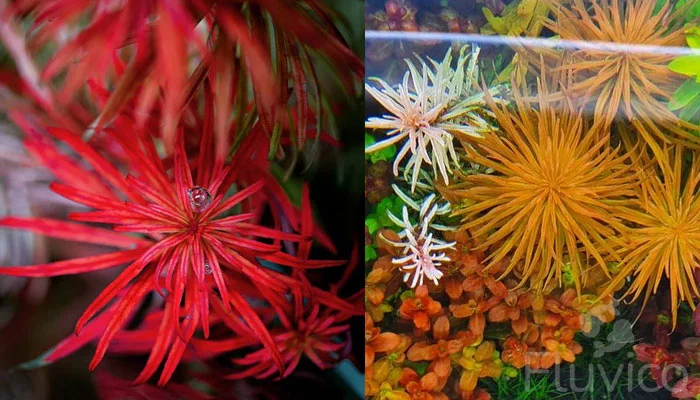

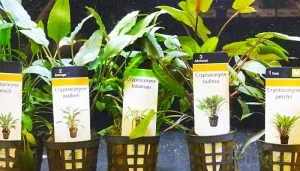
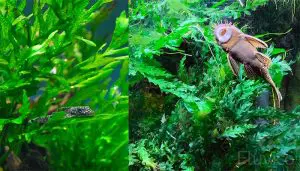
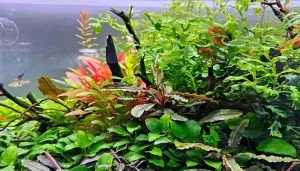
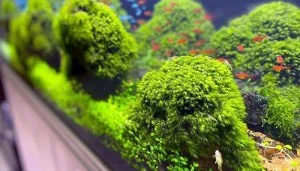

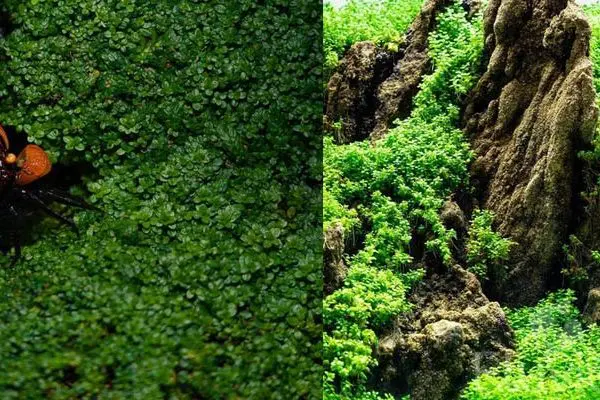
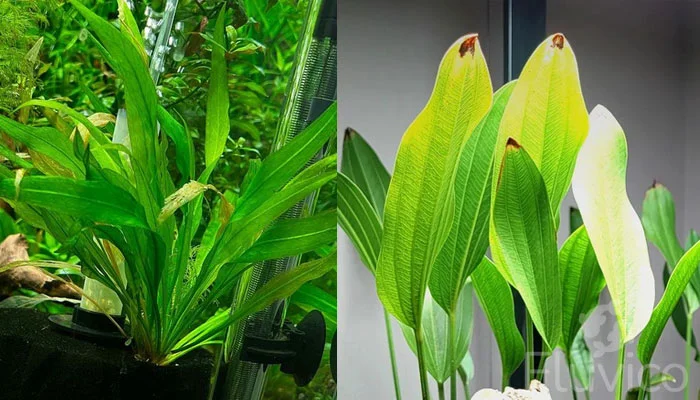
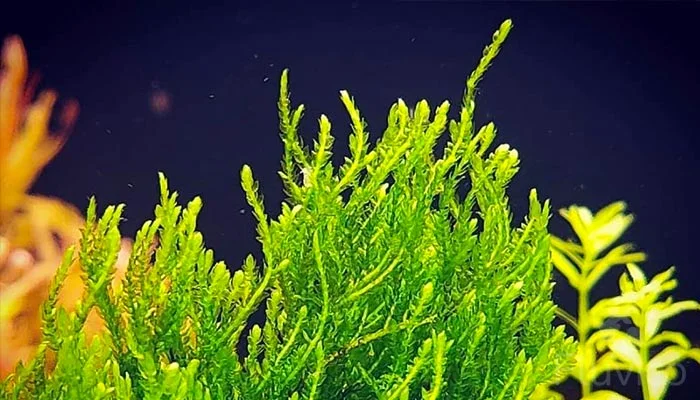
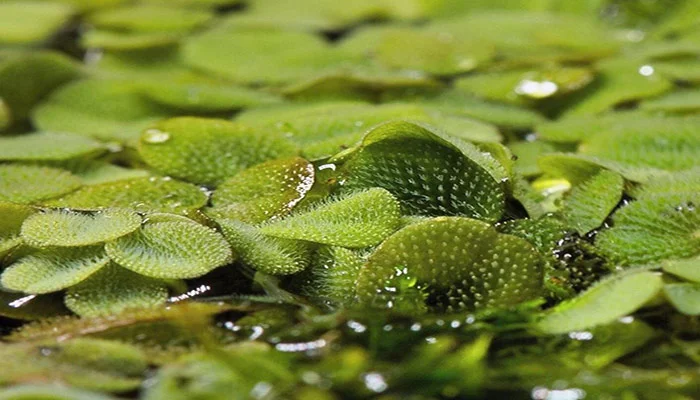

Hope you enjoyed our Top 10 Ludwigia plants!
If you have any questions? Ask away, we’re here to help!
All the best,
Daniel